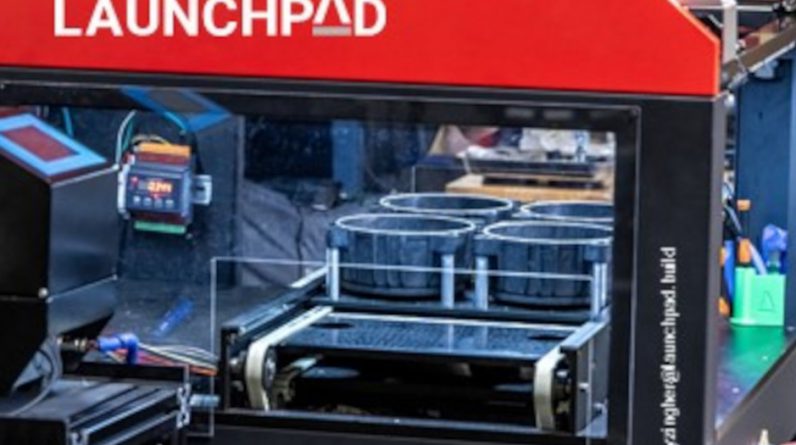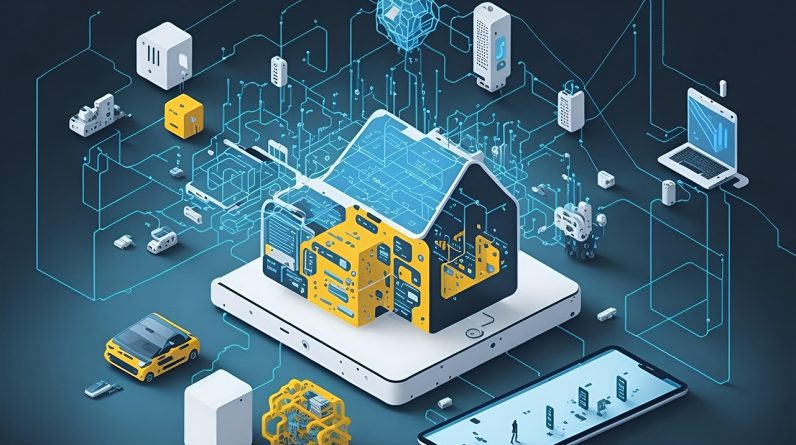
Without a doubt, the adoption of artificial intelligence in many facets of society is arguably the major trend that will impact all industries now and in the future. For engineering, AI is helping to redefine the design of products and systems, and consequently alter long-honored engineering practices. But the transition to AI is not easy as there are concerns about the roles humans will play, and the abilities and limits of AI tools themselves.
Recently, Design News explored these issues in a webinar titled, “How Can Artificial Intelligence Support Engineering,” with the panelists Yoav Zingher, CEO of Launchpad Build, and Dale Tutt, Vice President of Industry Strategy of Siemens Digital Industry Software.
Tutt explained that Siemens has long employed a digital-based strategy encompassing all aspects of its business, including model-based system engineering, verification management, product design and engineering, intelligent manufacturing, and product support planning management. He viewed AI as a tool to enhance its digital strategy, not only to configure and connect but also to generate and optimize actions.
According to Tutt, Siemens uses Generative AI tools to build and extend low-code applications, using Mendix, a low-code applications development platform.
Siemens incorporates Generative AI algorithms in its digital software.
Made-to-Order Assemblies
Launchpad, which develops automation solutions, uses AI for simulation and workflow design and robots to execute automation. The AI-based hardware and software platform understands components and assembly, automates design for manufacturing suggestions, instantaneously delivers quotes and procures parts, and finally, programs the robot to perform the assembly.
According to Zingher, the Launchpad system learns everything through AI and machine vision. It requires no programming, can generate many configurations, and can be adapted to mass customization. The Launchpad system provides a manufacture-to-order approach with interactive, real-time design-driven pricing.
During the Q&A portion of the webinar, the speakers were asked about the ability to trust an AI-generated solution. Zingher noted that one challenge is training AI to think like a human when certain situations arise. He gave the example of a missing screw which a human would immediately acknowledge but an AI algorithm would miss.
Tutt agreed this has been one of the challenges in integrating AI into its practices. He acknowledged human reluctance to adopt an AI solution but thought that a solution based on physics principles, with some AI input, would make engineers more inclined to adopt AI.
Asked about the limits of current AI and design tools, Zingher said one of the considerations is focusing on resolving issues such as cost and labor savings rather than whether the tools are the most advanced. He gave the example of a robot handling mundane tasks such as assembling screws and freeing humans for more creative, higher-level tasks.
The issue of cybersecurity was also raised. Tutt noted that Siemens would create a cybersecurity layer around all of its solutions, and acknowledge one challenge was protecting data when working with large-language models and with customers who want data security. Zingher added that cloud solutions were not optimal for cybersecurity and that keeping data on premise was important.
The Human Cost of AI
The main hot-button topic during the Q&A session was the potential impact of AI on their profession.
Tutt believes AI can help augment a solution, freeing engineers from administrative tasks for more creative tasks. He felt AI can help unlock innovation in engineering departments by automating workflow and helping resolve engineer shortages. Tutt believes AI can be an important ally for engineers.
Tutt, relaying his experience from years back when CAD tools were phased in, noted that companies have often been at the forefront of phasing in new tools, and emphasized the need for engineers to be proactive in learning new tools.
Zingher agreed with Tutt that AI can improve engineering productivity. He admitted, however, that some manual labor and mechanical tasks could be replaced by AI, and was uncertain about some future roles for engineers and programmers. But Zingher urged engineers to learn AI tools to stay on the learning curve. He added that free tools and online tutorials are making it easier for engineers to keep up with changing technology.
Zingher added that companies should reward workers who keep up with learning these tools as they will help positively impact a company’s bottom line.
Also raised was how labor unions and other regulatory bodies would react to increased AI use. Both speakers felt the issue was moot, given the current shortages of skilled workers and engineers that have put many companies in hiring rather than a retrenchment mode.
Zingher also replied to a question about the optimal way to implement a robotic solution at a measured pace. He said the company’s AI tool was ideally suited to helping a customer phase in AI and robotics, with the information learned during the implementation helping to control the process.







